Market Trends
Key Emerging Trends in the Structural Heart Devices Market
The structural heart devices market is witnessing transformative trends driven by advancements in minimally invasive procedures, increasing prevalence of structural heart diseases, and technological innovations in device design. A notable trend is the growing preference for transcatheter interventions over traditional open-heart surgeries. Transcatheter procedures, such as transcatheter aortic valve replacement (TAVR) and transcatheter mitral valve repair (TMVR), offer less invasive alternatives for patients with structural heart conditions, leading to shorter recovery times and reduced procedural risks. Technological advancements are shaping the landscape of structural heart devices, focusing on improving device design, materials, and delivery systems. Innovations such as next-generation transcatheter heart valves, novel occluders for atrial septal defects, and advanced imaging technologies enhance procedural outcomes and patient safety. This trend underscores the continuous evolution of structural heart devices to meet the increasing complexity of interventions. The market is witnessing an expansion in applying structural heart devices for a broader range of conditions. While transcatheter interventions have traditionally been associated with valve-related procedures, there is a growing trend toward addressing a wider spectrum of structural heart diseases, including congenital heart defects, left atrial appendage closure for stroke prevention, and tricuspid valve interventions. This reflects a more comprehensive approach to structural heart care and the versatility of transcatheter technologies. Structural heart interventions are increasingly performed in outpatient or same-day surgery, marking a shift towards ambulatory care models. The trend of outpatient structural heart procedures is driven by technological advancements, improved procedural efficiency, and the desire to reduce healthcare costs. This evolution aligns with the broader trend in healthcare towards enhancing patient convenience and optimizing resource utilization. Collaboration and partnerships between medical device manufacturers and healthcare providers shape the structural heart devices market. These collaborations facilitate the development of customized solutions, physician training programs, and collaborative research initiatives. The trend of industry-academic partnerships contributes to knowledge exchange, innovation, and the seamless integration of new technologies into clinical practice. The market is witnessing a surge in adopting 3D printing and patient-specific modeling for pre-procedural planning. 3D printing allows for the creating of patient-specific anatomical models, aiding physicians in visualizing complex structural heart abnormalities and planning interventions with precision. This trend enhances procedural accuracy, reduces complications, and contributes to personalized treatment approaches in structural heart care. The emergence of AI and machine learning in structural heart devices is a transformative trend. AI algorithms are used for image analysis, procedural planning, and predictive analytics. These technologies contribute to more efficient workflows, automated data interpretation, and improved patient outcomes. This trend represents a shift towards data-driven decision-making and integrating intelligent solutions in structural heart interventions. Patient-centric approaches are gaining prominence in the structural heart devices market, focusing on improving patient experiences and outcomes. The development of devices with lower profiles, enhanced deliverability, and reduced invasiveness contributes to minimized trauma for patients undergoing structural heart interventions. This trend aligns with the broader healthcare movement towards patient-centered care and individualized treatment strategies. Regulatory frameworks and reimbursement policies shape the structural heart devices market, influencing the approval processes and market access for innovative technologies.

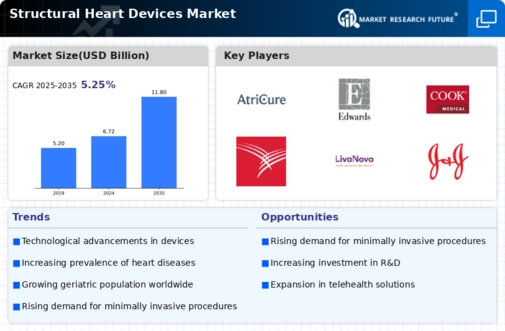
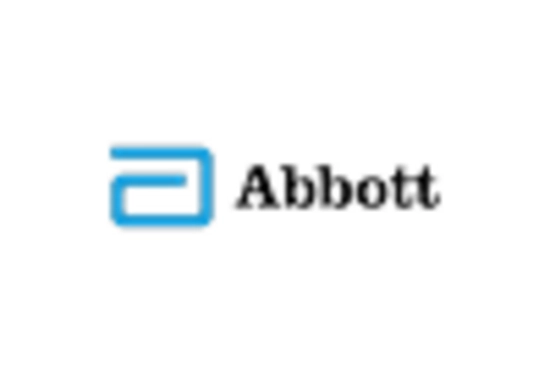
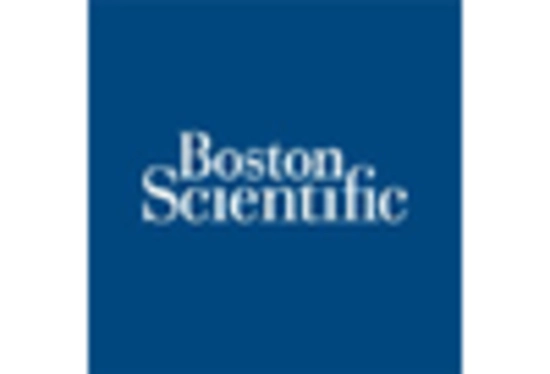
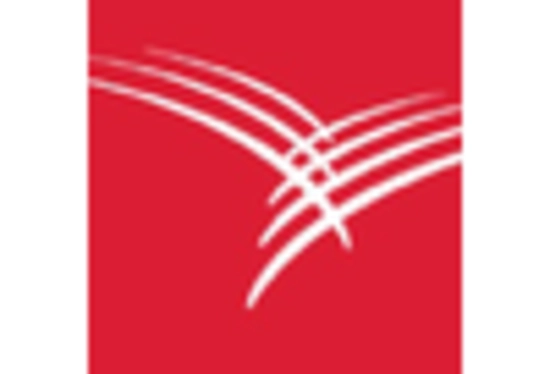
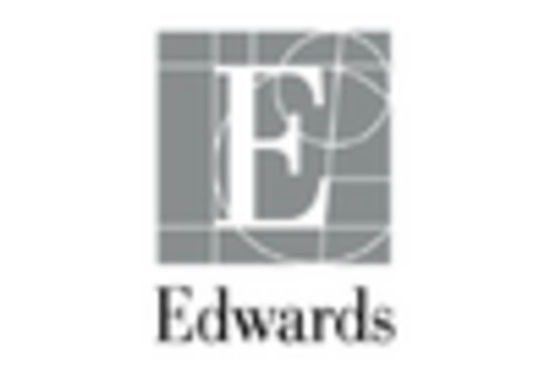
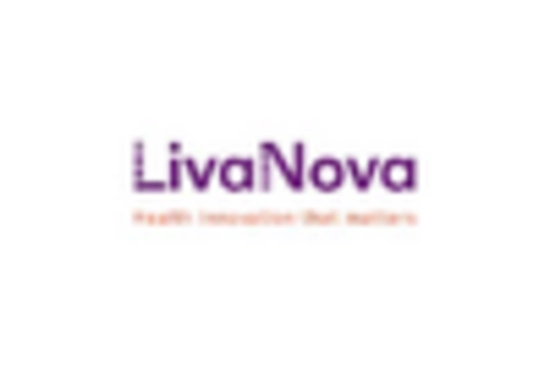










Leave a Comment